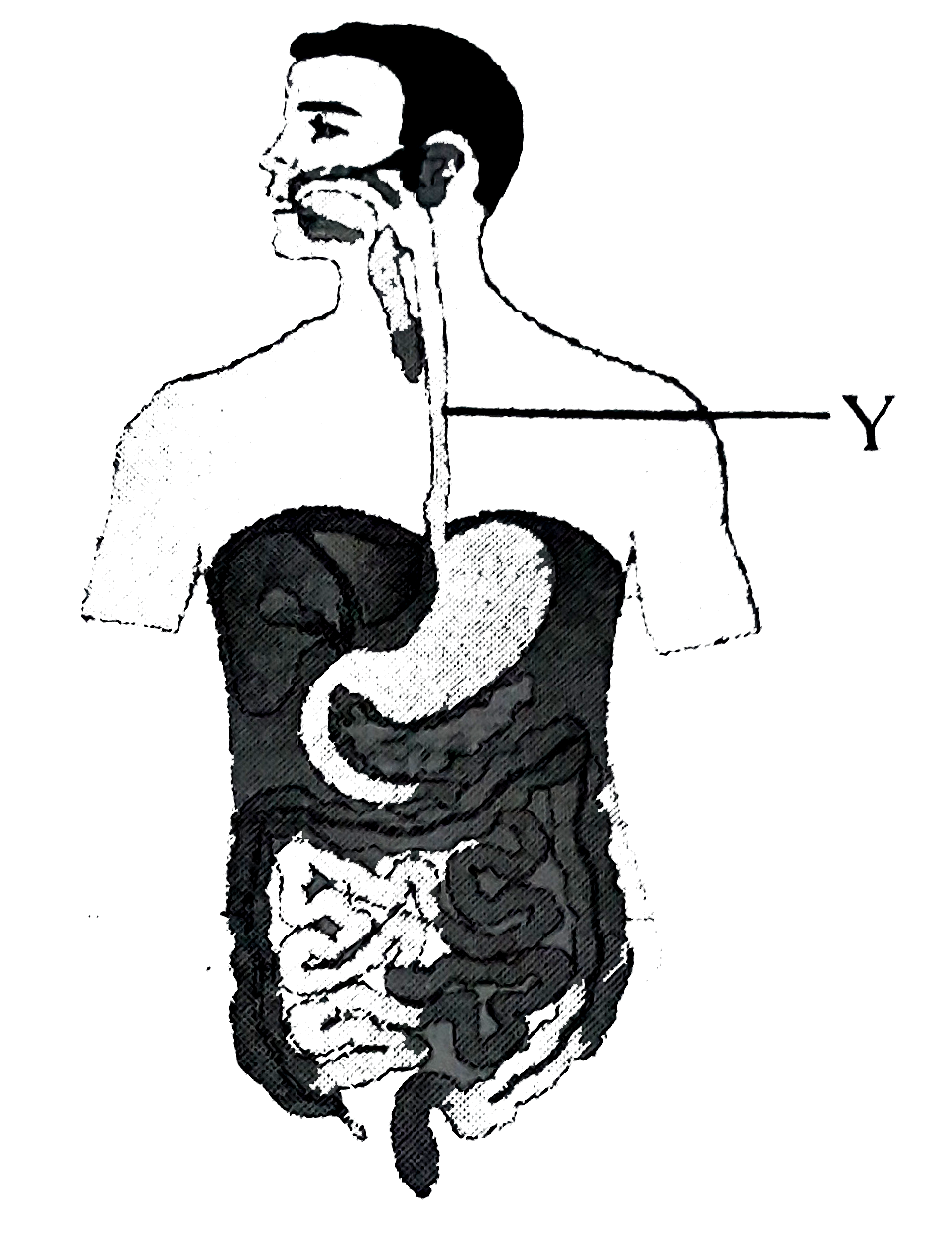Name the genus to which baculoviruses belong. Describe their role in the integrated pest management programmes.
Video Solution
Text Solution
Integrated pest management (IPM), also known as Integrated Pest Control (IPC) is a broad-based approach that integrates practices for economic control of pests. IPM aims to suppress pest populations below the Economic Injury Level (EIL). IPM can be defined as an ecosystem-based strategy that focuses on long-term prevention of pests or their damage through a combination of techniques such as biological control, habitat manipulation, modification of cultural practices, and use of resistant varraties. Pesticides are used only after monitoring indicates they are needed according to established guidelines, and treatments are made with the goal of removing only the target organism. Pest control materials are selected and applied in a manner that minimizes risks to human health, beneficial to non-target organisms, and the environment. The functions of IPM are : (i) IPM focuses on long-term prevention of pests or their damage by managing the ecosystem. (ii) In IPM, monitoring and correct pest identification help us to decide whether management is needed. (iii) IPM programmes combine management approaches for greater effectiveness. (iv) The most effective, long-term way to manage pests is by using a combination of methods that work better together than using separately. Approaches for managing pests are often grouped in the following categories: (i) Biological control : Biological control is the use of natural enemies-predators, parasites, pathogens and competitors-to control pests and their damage. (ii) Cultural controls : Cultural control are practices that reduce pest establishment, reproduction, dispersal and survival. For example, changing irrigation practices can reduce pest problems, since too much water can increase root disease and weeds. (iii) Mechanical and physical controls : Mechanical and physical controls kill a pest directly, block pests out, or make the environment unsuitable for it. Traps for rodents are examples of mechanical control.(iv) Chemical control : Chemical control is the use of pesticides. In IPM, pesticides are used only when needed and in combination with other approaches for more effective, long-term control. Benefits of IPM: 1. Economic in nature. 2. Environmental friendly.
|
Topper's Solved these Questions
- BIOLOGY-2016BOOK - ICSECHAPTER - BIOLOGY-2016EXERCISE - PART-II ( SECTION-B)
9 Videos
- BIOLOGY -2017BOOK - ICSECHAPTER - BIOLOGY -2017EXERCISE - PART-II ( SECTION-C)
11 Videos
- BIOTECHNOLOGY : PRINCIPLES AND PROCESSESBOOK - ICSECHAPTER - BIOTECHNOLOGY : PRINCIPLES AND PROCESSESEXERCISE - COMPETITION CORNER (ASSERTION AND REASON TYPE QUESTIONS)
7 Videos
Similar Questions
Integrated pest management stands for
View SolutionName the group to which bracket fungi belong.
View SolutionWhat is the role of baculoviruses in the integrated pest management programme?
View SolutionIntegrated pest management (IPM) is based on
View SolutionName the order to which man belongs
View SolutionName the genus to which potato, brinjal and makoi belong.
View SolutionName the group of fungi to which common mushroom belong.
View SolutionName the genus which is commonly called maiden hair fern.
View SolutionWhich of the following best describes the role of the structure marked as Y in the given figure ?

View SolutionName the two forms in which individuals belonging to the group Cnidaria exist.
View Solution
